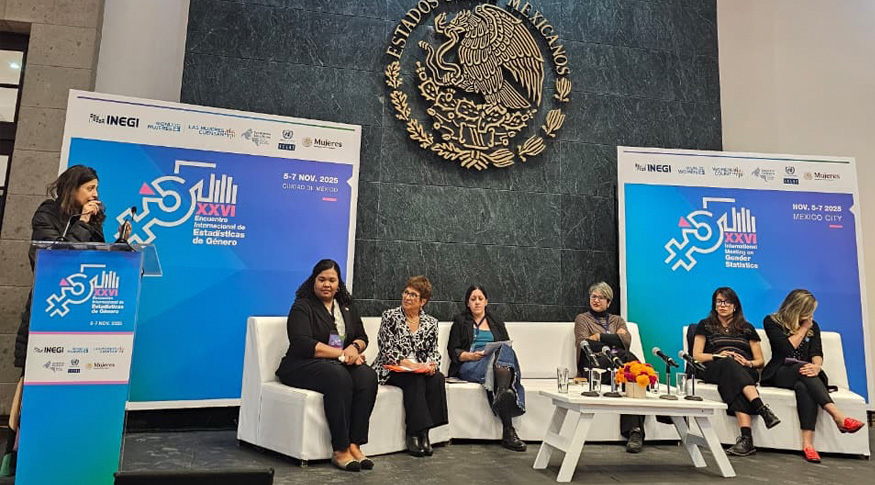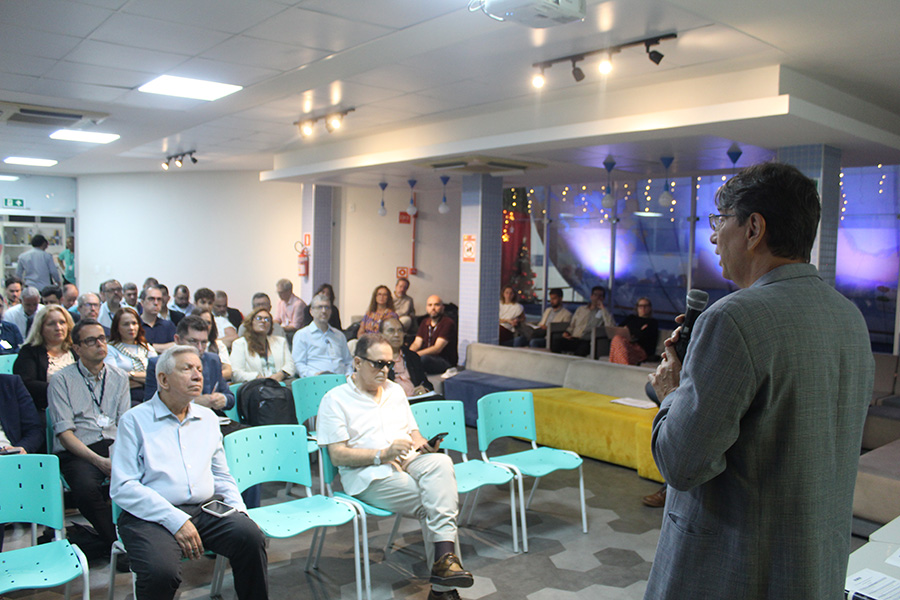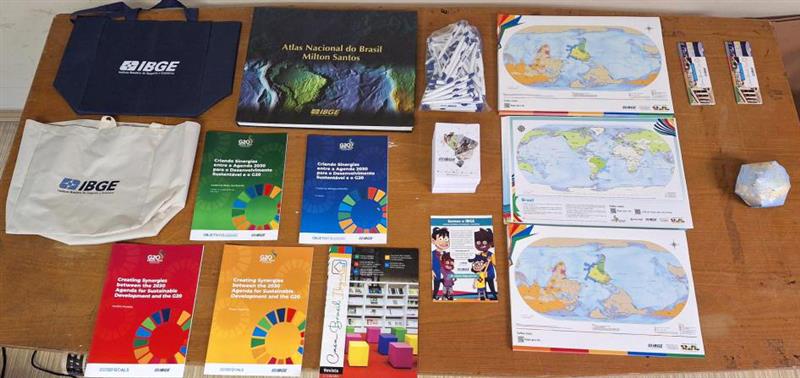National industry
Industrial output decelerates and drops by 0.6% in Julyho (2)
September 05, 2023 09h00 AM | Last Updated: September 11, 2023 12h48 PM

The industrial output of Brazil decelerated and dropped by 0.6% from June to July. The sector came from a null chnage in June (0.0%) and an increase (0.3%) in May. It recorded a decrease of 1.1% against July 2022. With this result, industry has a cumulatice drop of 0.4% against the same period in 2022, and recorded a null change (0.0%) cumulative in the last 12 months. These are the results of the Monthly Survey of Industry - PIM, released today (05) by the IBGE.
“This result adds to deceleration, especially when compared to figures in May and June,” says André Macedo, analyst of the survey. In July, the industrial sector was 2.3% below the pre-oandemic level (February 2020) and 18.7% below the peak of the time series, registered in May 2011. The result of PIM for July shows a widespread profile of negative rates, with three of four major economic categories and 15 of 25 subsectors surveyed recording decreases in production.
The main negative influences among the activities came from the sectors of motor vehicles, trailers and bodies (-6.5%), mining and quarrying industry (-1.4%), computer equipment, optical and electronic products (-12.1%) and machinery and equipment (-5,0%).
The sector of vehicles intensifies the decrease observed last June, of 3.4%. For the analyst, the discount in the purchase of sustainable vehicles, an incentive by the Federal Government granted to the sector by means of Provisional Measure no 1175, has not yet changed the situation in factories. “What the survey observed considering data from June and July is that, at first, the incentive has an influence on sales because the sector had a high level of stocks,” Mr. Macedo explains.
Mining and quarrying activities interrupted two consecutive months of increases, amounting to 4.3% in the period May-June 2023. This decrease, however, does not change the trend to increase. “That is the main sector accounting for positive impacts on the cumulative result in the year, with an increase of 7%,” the researcher highlights.
Other sectors with an impact on the result of July were manufacture of wearing apparel and accessories (-8.0%), metal products (-4.8%) and rubber products and plastic material (-3.8%).
On the other hand, among the nine activities which recorded an increase in production, a highlight was pharmaceuticals (82%), interrupting three consecutive drops in production, with a cumulative loss of 17.7%. “That is a sector that historically has a more volatile character with reference to production every month,” Mr. Macedo explains. Other two sectors with a highlight were food products (0.9%) and coke, petroleum products and biofuels (0.7%). Food products marks the first positive result since December 2022 (4.4%), driven by the advance in the production of sugar, soybeans and beef. The latter eliminated part of the drop of 3.4% registered in June.
The survey also shows that, among the broad economic categories, June was marked by drops in capital goods (-7.4%) and durable consumer goods (-4.1%). The sector of intermediate goods (-0.6%) also decreased. On the other hand, the only advance in the month came from semi and non-durable goods (1.5%), adding to the increase of 0.7% registered in June.
Sector records decrease of 1.1% in the annual comparison
In the comparison between July 2022 and July 2023, the industrial sector dropped by 1.1%, interrupting a sequence of two consecutive months with positive rates: 0.2% in June and 1.9% in May 2023. The negative results hit three of the four broad economic categories, 17 of the 26 sectors, 52 of the 80 groups and 57.0% of the 789 products surveyed. The number of business days was the same: 21.
PIM showed that the main negative contributions in this comparison came from: motor vehicles, trailers and bodies (-9.5%), computer equipment, optical and electronic products (-25.3%), chemicals (-6.7%) and machinery and equipment (-9.8%). Among the increases, the highlighst are mining and quarrying industries (7.0%) and food products (4.5%) which accounted for the main influences.
In the analysis by broad economic categories, also in the annual comparison, capital goods (-16.9%) recorded the main decrease. The segments of durable consumer gooods (-3.5%) and semi and non-durable goods (-0.3%) also fell, whereas intermediate goods, having recorded a null change (0.0%), repeated the same level as in 2022.
Cumulative index in the year stands at -0.4% in the last 12 months; industry had null change
As for the cumulative index in the year industrial production dropped by 0.4%, and the same was observed in four broad economic categories, 17 of the 25 subsectors, 47 of the 80 grouos and 55.5% of the 789 products surveyed.
The highlights were chemicals (-8.3%), computer equipment, electronic and optical products (-12.5%), electrical machinery and apparatus (-11.4%), machinery and equipment (-6.0%) and non-metallic mineral products (-7.7%). From the perspective of increases, besides mining and quarrying industries (6.0%), there are sectors of coke, petroleum products and biofuels (3.5%) and food products (2.9%).
As for the cumulative index in 12 months, the change in July was null (0.0%). "It shows how the industrial sector did not manage to advance. And that has a lot to do with monetary policies, with a higher interest rate, despite an initial movement of decrease,” Mr. Macedo adds.
More on the survey
PIM Brazil has been producing short-term indicators since the 1970s regarding the behavior of the real product of mining and quarrying and manufacturing industries. March 2023 marked the beginning of the release of the new time series of monthly indexes of the industrial production, after a redesign to update the sample of activities, products and informants; create a new weighting structure of the indexes based on the most recent industrial statistics; update the base year of reference of the survey; and incorporate new Federation Units in the release of regional results of the survey. These methodological changes are required and they aim at incorporating the economic changes of the society. The survey results are also available at the Sidra database. The next release of industrial production - Brasil will be on October 3rd

















